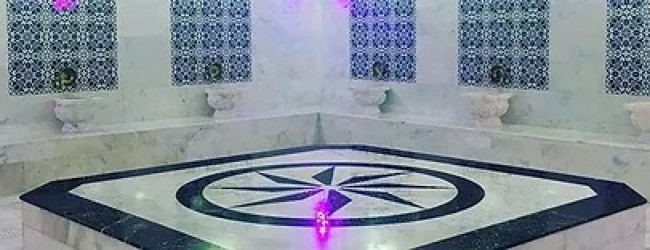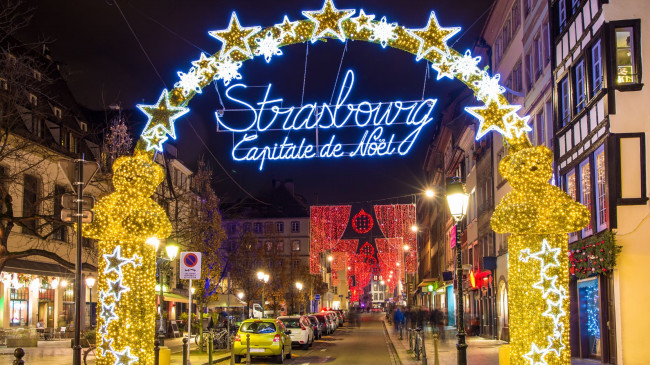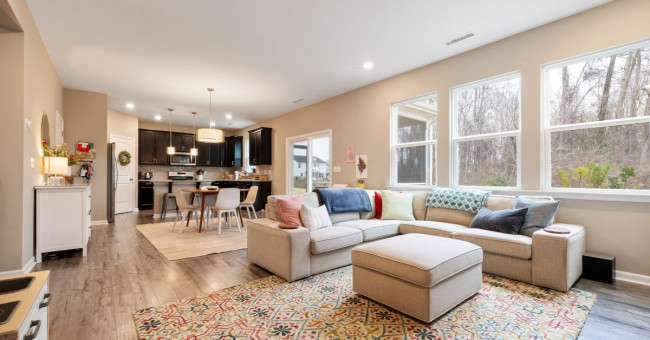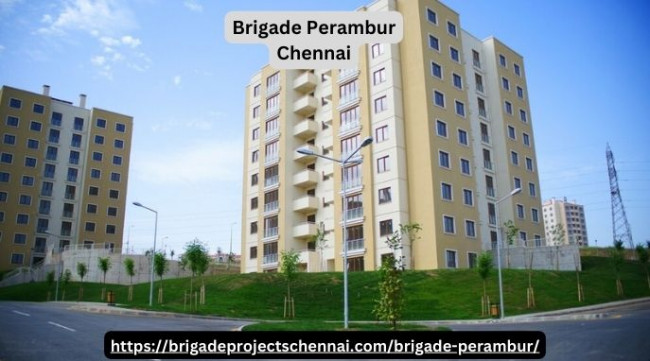A fireplace serves as a central feature in many homes, providing warmth, ambiance, and a cozy atmosphere. However, safety is always a primary concern when installing or renovating a fireplace, especially when it comes to choosing the right mantel. A non-combustible fireplace mantel offers a practical and stylish solution that not only enhances the aesthetic appeal of your living space but also ensures a higher level of safety. This article explores the benefits of non-combustible fireplace mantels, the types of materials available, and key considerations when selecting the perfect mantel for your home.
What is a Non-Combustible Fireplace Mantel?
A non-combustible fireplace mantel is designed to withstand high temperatures without catching fire or being damaged. Unlike traditional mantels made from wood or other flammable materials, non-combustible mantels are crafted from materials that do not burn or support combustion. This makes them an ideal choice for use in homes with gas, electric, or wood-burning fireplaces, where the risk of heat exposure is significant.
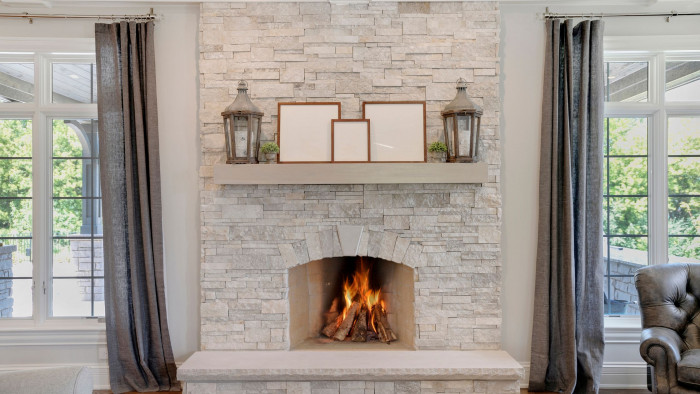
Benefits of Non-Combustible Fireplace Mantels
1. Enhanced Safety
The primary benefit of a non-combustible mantel is the increased safety it offers. Traditional wooden mantels can pose a fire hazard, especially if they are installed too close to the firebox. Non-combustible mantels significantly reduce this risk, providing peace of mind for homeowners. They comply with building codes and safety regulations that often require non-combustible materials to be used around fireplace openings.
2. Durability and Longevity
Non-combustible mantels are typically more durable than their wooden counterparts. Materials like stone, metal, and concrete can withstand high temperatures without warping, cracking, or degrading over time. This durability translates to a longer lifespan, meaning homeowners won’t need to replace their mantel as frequently, resulting in cost savings over the long term.
3. Variety of Design Options
Homeowners don't have to sacrifice style for safety. Non-combustible mantels come in a wide range of styles, colors, and textures, allowing for endless design possibilities. Whether you prefer the rustic look of natural stone, the sleek appearance of metal, or the modern aesthetic of concrete, there is a non-combustible option to suit any interior décor.
4. Low Maintenance
Non-combustible materials are generally easier to maintain than wood. They do not require regular painting, staining, or sealing, which can be time-consuming and costly. A simple wipe down with a damp cloth is often sufficient to keep these mantels looking clean and new.
Popular Non-Combustible Mantel Materials
Several materials are commonly used for non-combustible fireplace mantels, each offering unique characteristics and benefits:
1. Stone
Natural stone, such as granite, marble, limestone, and slate, is a popular choice for non-combustible mantels. Stone mantels offer a timeless and elegant look that can complement both traditional and contemporary interiors. They are highly heat-resistant, durable, and available in a wide variety of colors and finishes.
2. Metal
Metal mantels, made from materials like stainless steel, copper, or wrought iron, provide a sleek, modern aesthetic. They are extremely durable and can be shaped into various designs, ranging from minimalist to ornate. Metal mantels are also heat-resistant, making them a safe and stylish option.
3. Concrete
Concrete mantels are gaining popularity due to their versatility and contemporary appeal. They can be molded into various shapes and sizes, allowing for custom designs that fit any space. Concrete can be colored and textured to mimic other materials, such as stone or wood, offering a wide range of design possibilities while maintaining fire resistance.
4. Engineered Materials
Engineered or manufactured materials, such as cultured stone and certain composite materials, offer the look of natural stone at a lower cost. These materials are designed to be non-combustible, making them a safe choice for fireplace surrounds and mantels. They are also lightweight, making installation easier and more affordable.
Considerations When Choosing a Non-Combustible Mantel
When selecting a non-combustible fireplace mantel, there are several factors to consider to ensure it meets your needs and complements your home's décor:
1. Heat Clearance Requirements
It’s essential to adhere to the manufacturer’s guidelines and local building codes regarding heat clearance. Ensure that the mantel is installed at the correct distance from the firebox to prevent heat damage and ensure safety.
2. Aesthetic Appeal
Consider the overall style of your room when choosing a mantel material and design. A stone mantel might suit a rustic or traditional space, while metal or concrete could be better for a modern or industrial look.
3. Installation and Weight
Some non-combustible materials, like natural stone, can be quite heavy. Ensure that your wall can support the weight of the mantel, or choose a lighter material, such as metal or engineered stone, if necessary.
4. Budget
Non-combustible mantels vary in price depending on the material and complexity of the design. Set a budget and explore options within your price range to find the best balance between cost, durability, and aesthetic appeal.
Customization Options for Non-Combustible Mantels
In addition to the wide variety of materials, non-combustible fireplace mantels can also be highly customizable, catering to individual preferences and specific home designs. Homeowners have the option to choose from different finishes, textures, and colors, allowing for a personalized look that seamlessly integrates with the surrounding decor. For instance, concrete mantels can be stained to mimic the rich hues of natural wood, while stone mantels can be polished or left with a rough, natural finish for a rustic appearance. These customization options make non-combustible mantels not only a practical choice but also a key design element in creating a visually appealing fireplace.
Environmental Impact and Sustainability
Another important consideration when selecting a non-combustible fireplace mantel is the environmental impact and sustainability of the materials used. Many homeowners today are opting for eco-friendly options that align with their commitment to sustainability. Recycled materials and sustainably sourced natural stone are becoming popular choices. For example, some manufacturers offer recycled metal mantels, which reduce the need for raw materials and minimize environmental impact. Similarly, concrete mantels can incorporate recycled aggregates or fly ash, a byproduct of coal combustion, further reducing their ecological footprint. Choosing a non-combustible mantel not only enhances safety but can also contribute to a more sustainable and eco-conscious home.
Installation Considerations
The installation process of non-combustible fireplace mantels can vary depending on the material and design. Some materials, like metal and concrete, are relatively straightforward to install, especially when pre-cast or pre-fabricated options are used. Stone mantels, particularly those made from natural stone, may require more careful handling and installation due to their weight and need for precise fitting. Professional installation is often recommended to ensure that the mantel is securely attached and complies with safety standards and building codes. Proper installation also enhances the mantel's durability and longevity, providing homeowners with a safe and beautiful feature that can be enjoyed for many years.
Integrating Non-Combustible Mantels with Modern Technology
In today's smart homes, integrating technology with traditional elements like fireplaces is becoming increasingly common. Non-combustible mantels offer a safe way to incorporate modern conveniences such as built-in lighting, electrical outlets, or even hidden compartments for electronic devices. For example, LED lighting can be installed under a stone or concrete mantel to highlight the fireplace area and create a warm, inviting atmosphere. Electric outlets can be integrated discreetly for easy access to power, supporting everything from decorative lights to charging stations for mobile devices. These technological enhancements make non-combustible mantels a versatile and functional choice for contemporary homes.
Conclusion
A non-combustible fireplace mantel offers the perfect blend of safety, durability, and style. With a variety of materials and designs to choose from, homeowners can find the ideal mantel to complement their fireplace and enhance their living space. Whether you prefer the natural beauty of stone, the modern edge of metal, or the versatility of concrete, a non-combustible mantel provides a safe and stylish focal point that will stand the test of time.





